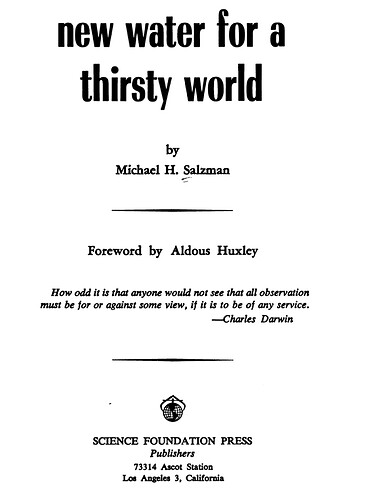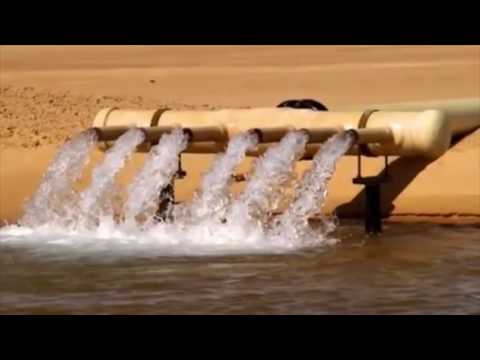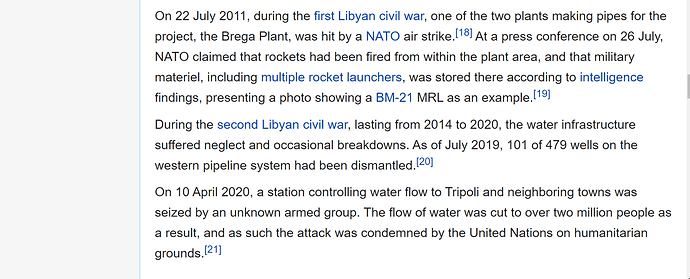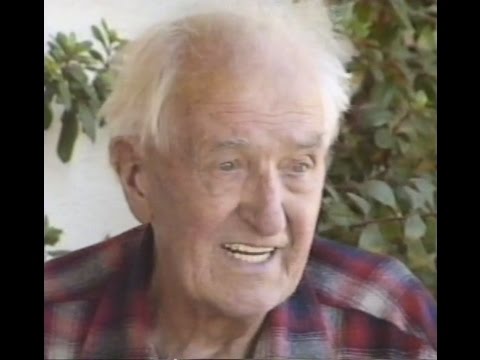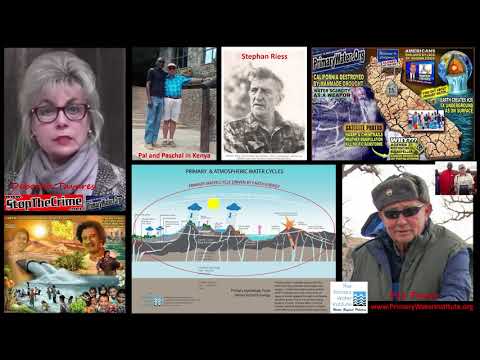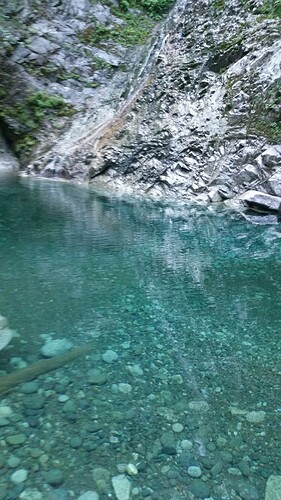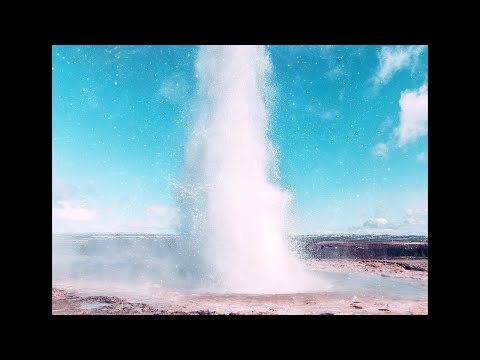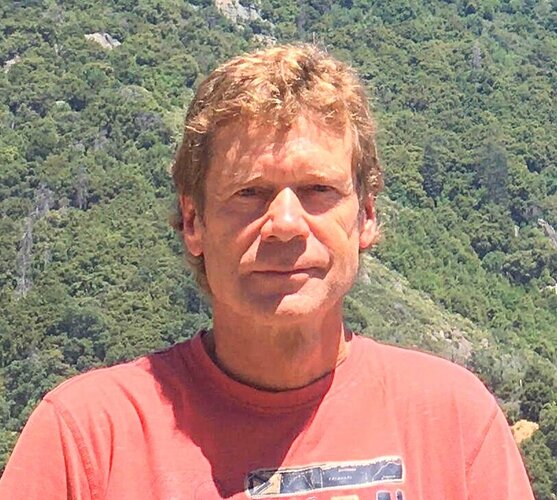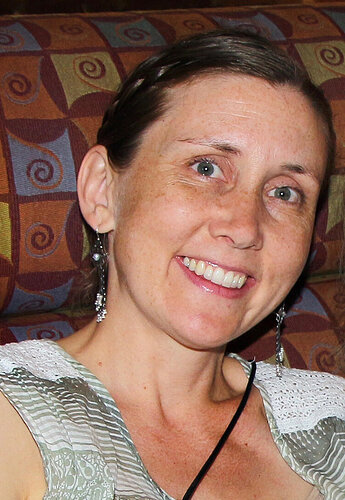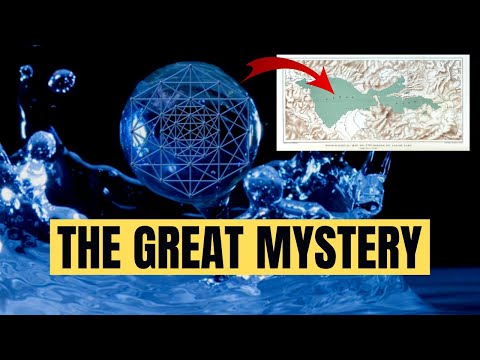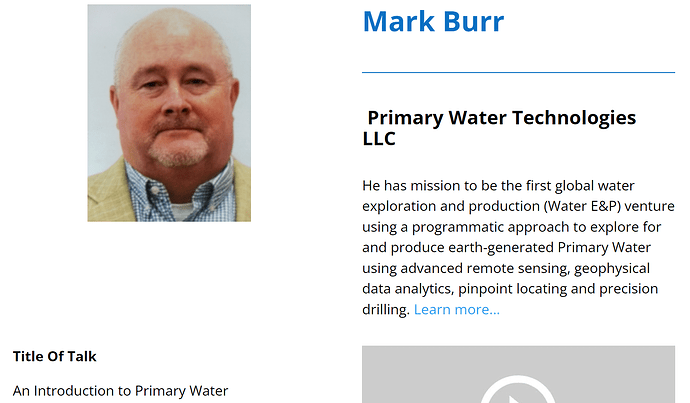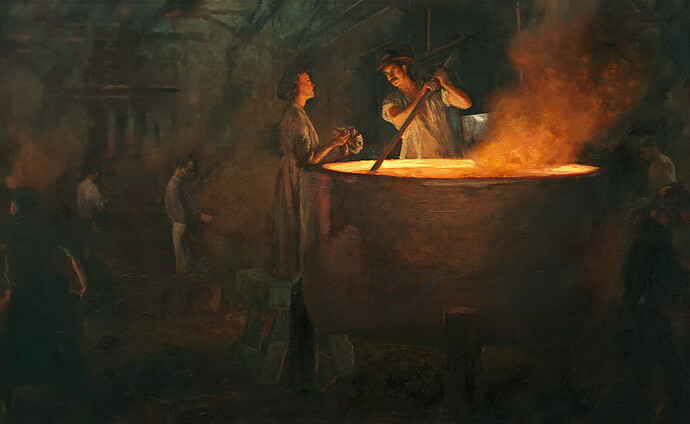And for us surface drinkers….
The Significance of Tritium Releases to the Environment
Authors: John J. Koranda, Lynn R. Anspaugh, John R. Martin
[1972]Summary: Tritium is produced naturally [by cosmic radiation in the atmosphere but accounting for only 1%, see the friendsofbruce.ca CANDU citation below—JL] and was present in low concentrations in precipitation and natural bodies of water before atmospheric testing of nuclear weapons. Other sources of tritium are now present from which tritium is released to the environment. Nuclear reactor tritium production, according to recent estimates, will equal natural tritium production before the year 2000. Predicted increases of tritium in the environment will take place first on a local ecological level and then appear on a biospheric level. Tritium introduced into the environment as THO will move through ecological systems in the same manner as stable water. Tritium will enter the hydrologic cycle either via evapo-transpiration or the surface bodies of water. Ecological experiments have been conducted to determine the movement of tritium in the environment. Field-grown plants were exposed to liquid and vapor THO for periods of one-half and one hours. Tritium concentrations were determined in leaf samples collected after exposure for periods of time up to 45 days. Tritium decays rapidly in the plant species studied and exhibited a three component half-life when plants were exposed to THO vapor. The length of exposure, and sources of THO in the soil affect the half-time of tritium in the plant tissues. Data produced in ecological experiments on tritium movement are used in a theoretical consideration of acute and chronic vapor releases of tritium in an agricultural environment. https://www.worldcat.org/title/5871567561
Distribution of tritium in precipitation and surface water in California
[2016]”The concentration of tritium in present day precipitation varied from 4.0 pCi/L near the California coast to 17.8 pCi/L in the Sierra Nevada Mountains. Concentrations in precipitation increase in spring due to the ‘Spring Leak’ phenomenon… elevated tritium concentrations are found in the San Francisco Bay area compared to other coastal areas, resulting from municipal water imported from inland mountain sources and local anthropogenic sources. Tritium concentrations in most surface waters decreased between Summer/Fall 2013 and Winter/Spring 2014 likely due to an increased groundwater signal as a result of drought conditions in 2014. Despite low initial concentrations in precipitation, tritium continues to be a valuable tracer in a post nuclear bomb pulse world.” Distribution of tritium in precipitation and surface water in California - ScienceDirect
Overview of tritium records from precipitation and surface waters in Germany
[2019]“Tritium is one of the most important environmental tracers in isotope hydrology for understanding the dynamics of groundwater and connected surface water and has been used in a wide range of applications at different scales… Radiation protection regulation requires the monitoring of tritium concentration in precipitation and in major streams and coastal waters of Germany used as federal water ways. Since the 1970s, the BfG collects samples and measures the tritium concentration in rivers, the North Sea, and the Baltic Sea as well as in precipitation.” https://onlinelibrary.wiley.com/doi/10.1002/hyp.13691#:~:text=Natural%20tritium%20is%20formed%20mainly%20in%20the%20atmosphere,and%20thus%20the%20hydrological%20cycle%20of%20the%20earth.
Measuring Tritium in Water
[2021] Measuring tritium in water and tritium in seawater continuously on a real-time basis is an exceptionally difficult task due to tritium’s low beta emission energy (18.6 keV maximum, 5.6 keV mean) and the shielding properties of water. Traditionally, liquid scintillation counting has been used to determine low level tritium concentration in water, although this method is typically performed by manually taking a sample and analyzing it later.
Overhoff has developed several novel solutions for measuring ultra-low levels of tritium in water on a real-time, continuous basis. Applications include: measuring heavy-water leaks in nuclear power plants (especially of the CANDU type) as well as monitoring tritium concentration in groundwater, drinking water, seawater, and liquid effluents… Measuring Tritium in Water and Seawater in Real-Time, Continuously | Overhoff Technology Corporation
“What are the sources of tritium?
Less than 1% of tritium occurs naturally (e.g. through the interaction of cosmic rays with molecules of certain elements in the upper atmosphere).
Most of tritium is man made; fallout from thermonuclear weapons testing, begun in the 1940s, is a source of tritium in the global environment; nuclear power reactors are also a large source of tritium.
Canadian Deuterium Uranium (CANDU) nuclear reactors are the largest Canadian point source of tritium; CANDU reactors use deuterium oxide or “heavy water” as both a moderator and a coolant, and effectively “breed” tritium as the nuclear fission process releases free neutrons (i.e. tritium atoms are created when a deuterium atom absorbs an additional neutron)…
At the Bruce nuclear complex, tritium is released to the station cooling water effluent stream (Condenser Cooling Water) which discharges into Lake Huron… Tritium can also be released to the air by venting of the plants and incineration of low level waste.
…According to UNSCEAR, a CANDU reactor also normally releases over 20 times the amount of tritium to the environment (water and air) than a U.S. light water reactor.
The majority of tritium in Lake Huron and Lake Ontario is a byproduct of CANDU nuclear operations.” Tritium in Drinking Water Notes.
